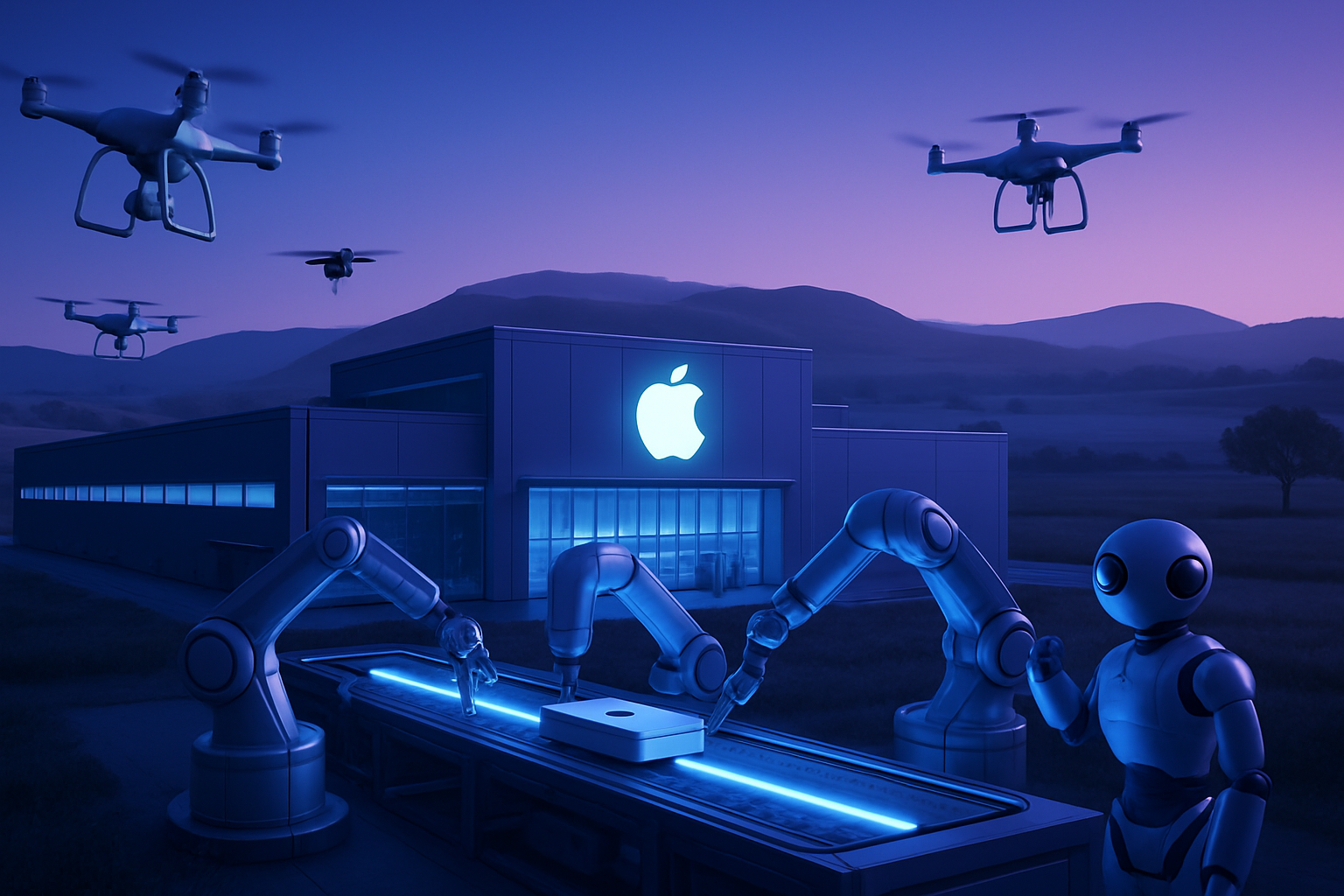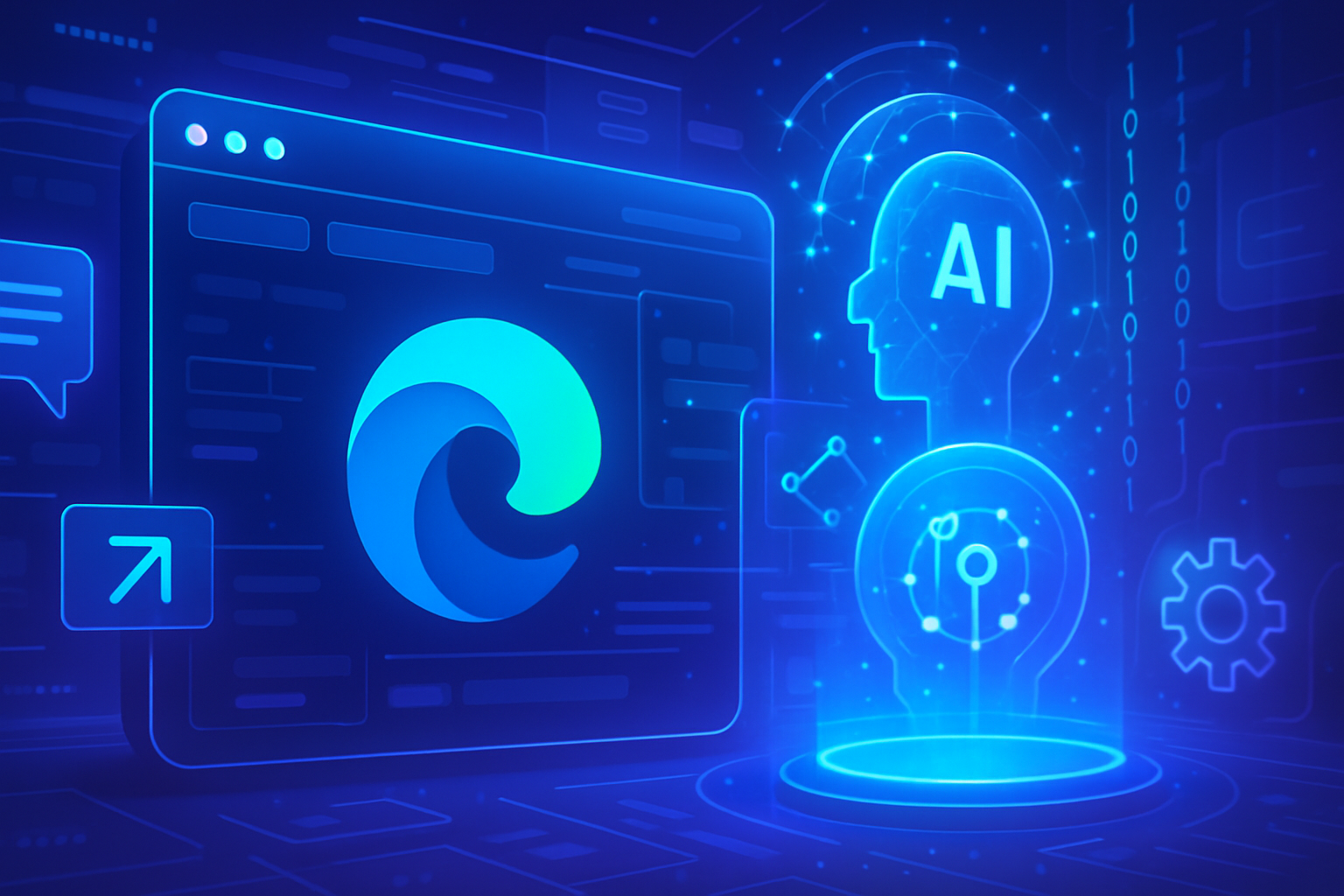The rapid rise of AI presents unprecedented energy challenges. The energy needs of data centers are expected to quadruple by 2030. The report from the International Energy Agency reveals an alarming demand, forecasting that centers dedicated to AI will consume more than the entirety of some industrial sectors. This evolution requires special attention to avoid an environmental catastrophe while capitalizing on the optimization potential that AI can create. *Revolutionizing energy systems becomes an imperative necessity* in light of rising energy demands.
Energy Needs of AI-Powered Data Centers
The insights from the report published by the International Energy Agency (IEA) reveal that data centers associated with artificial intelligence (AI) will see their energy consumption quadruple by 2030. This exponential increase is concerning, as it will result in energy needs surpassing those of traditional sectors such as steel, cement, and chemical manufacturing combined.
Energy Consumption and Environmental Impact
Currently, a data center consumes the equivalent of electricity needed to power 100,000 homes. The situation ahead is alarming, as some newly built data centers will require up to twenty times that amount. Forecasts also indicate that the electricity demand from data centers will more than double by the end of the decade, with AI as the primary driver of this increased consumption.
The IEA report reveals an intriguing dichotomy. Although this increased energy consumption may fuel concerns about the climate crisis, it also presents a more optimistic perspective. AI can potentially help improve energy efficiency in systems and reduce overall greenhouse gas emissions.
Reinventing Electricity Grids
Electricity grids, currently designed for fossil fuel power plants, require a drastic overhaul. AI could facilitate the design of these grids to integrate a higher proportion of renewable energies. The integration of intermittent energy sources like wind and solar presents a considerable challenge in terms of stability and supply.
Acting cautiously is essential. Poor management of this transition could harm the advances made in energy efficiency. Companies may be tempted to turn to the most accessible energy sources, such as gas plants, whose growing adoption would exacerbate environmental impact.
Innovative Solutions Driven by AI
The applications of AI are varied and promising. This technology could transform public transportation optimization to enhance journey fluidity while facilitating urban infrastructure planning. Companies in the mining sector could leverage AI to locate critical mineral resources essential for renewable energy production.
AI can significantly reduce energy waste. Identifying new efficiencies in industrial processes could also become easier due to technological input. Companies must proactively respond to these challenges to prevent inevitable overconsumption.
Regulation and Energy Policy
Appropriate government intervention is deemed necessary in the face of AI’s rapid expansion in the energy sector. Authorities must establish regulations that promote the integration of AI while minimizing its harmful effects. Ignoring these imperatives could lead to devastating consequences for energy ecosystems.
Concerns extend beyond energy. The use of vast amounts of freshwater for cooling data centers represents an additional problem. Drought-prone regions may be disproportionately affected, exacerbating the water resource crisis.
Claude Turmes, former European Parliament member, highlights the potential challenges related to this situation. He expressed doubts about the optimism of the IEA report, which may overlook the heavy realities that governments will face.
Future and Challenges
Projections regarding energy consumption in AI-related data centers raise questions. This technological and environmental challenge requires a synergy between innovation and appropriate regulation. Industry players must collaborate with policymakers to navigate this complex environment to ensure sustainable development of energy infrastructures.
As these technological evolutions approach, the stakes are clearly defined. The potential benefits of AI, if exploited correctly, could transform how societies manage their energy consumption and natural resources. To remain proactive in addressing these challenges, it becomes essential to approach the emerging future with informed understanding.
To delve deeper into the topic related to AI, readers can consult informative articles such as the implementation of Manus AI or the potential impact of quantum computing, which provide further insights into this constantly evolving technology.
Frequently Asked Questions
What factors are leading to an increase in energy needs of AI-related data centers by 2030?
The growing demand for data processing for AI applications, as well as the increasing number of data centers dedicated to AI, are the primary drivers of this increase in energy needs.
How will the increase in energy consumption of AI data centers impact the environment?
High exploitation of energy from data centers is likely to contribute to greenhouse gas emissions, especially if most of this energy comes from fossil sources.
What types of renewable energies could power data centers as demand increases?
Solar and wind are promising sources, but according to forecasts, only about half of the energy demand of data centers is likely to be met by renewable sources by 2030.
What is the role of AI in improving the energy efficiency of energy systems?
AI can optimize the design and management of electrical networks, thereby allowing for more efficient integration of renewable energies and reducing waste in energy systems.
What innovations could reduce the energy impact of AI-related data centers?
Technologies like smart resource management, optimal server cooling, and the use of AI to detect inefficiencies can help offset the increase in energy consumption.
What measures can governments take to mitigate the effects of the expansion of AI data centers on the environment?
Governments should establish regulations on energy consumption, promote green technologies, and encourage investment in renewable energy infrastructure.
How can companies adapt to the growing energy demand of AI-related data centers?
Companies must invest in energy efficiency solutions, consider renewable energies, and optimize their processors to consume less energy while maintaining high performance.






